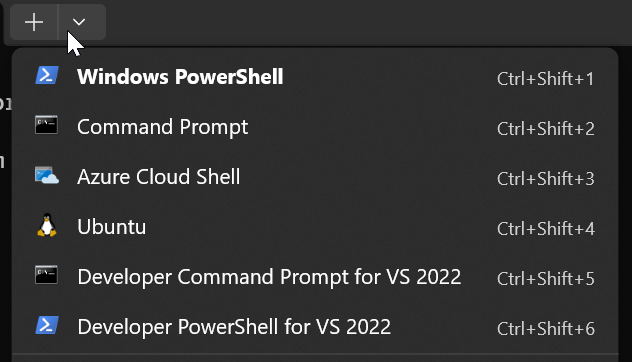I despise Docker Desktop. Before I knew anything about docker or containers, all I knew was that it was in the required software list for my work for building our software. All I knew was that if it wasn't open, my build would fail and if it was open, my laptop would slow down to a crawl.
Eventually I took classes on Docker for work and learned quite a bit about it. I learned that I could use docker from command line with no UI, and I wouldn't take anywhere near the performance hit. I eventually linked my IDE docker runtime to podman running on WSL2. Now I take pretty much no noticable performance hit.
TL;DR: you can replace Docker Desktop with WSL2 command line commands and have no UI.
